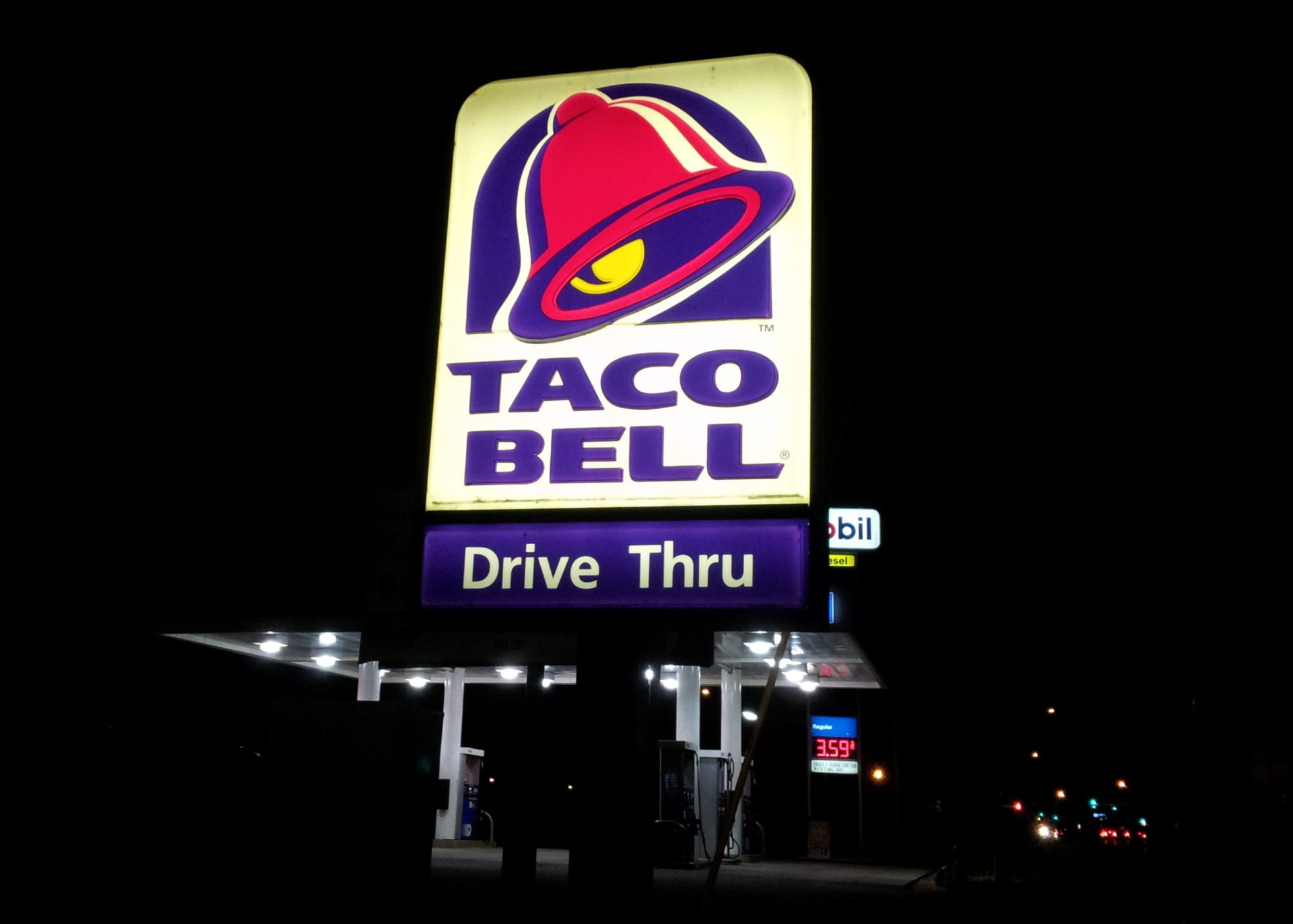On a spring morning in 2020, Lee Engler sat down for breakfast. The sting of the pandemic’s early rush had turned operators into survival gurus. But now, the future was back on the drawing board.
Across the table from Engler, co-founder and CEO of Border Foods, a family-owned franchisee of Taco Bell with north of 230 locations, was Mike Strommen, a friend of Engler’s brother and co-founder, Jeff, who ran a company specializing in consumer retail engagement. Strommen had no history in fast food or sense of its conventional boxes. Yet the problem Engler presented wasn’t a foreign one: the channels of access, in terms of ordering, had become plentiful. However, it boiled down to an age-old friction point—pickup.
About a month later, Engler had in front of him a rendering of an elevated building with drive-thru lanes underneath it. It was initially called “High Top” and resembled a cross between a bank, toll booth, and, according to some, Taco Bell from the 1993 Sci-Fi Movie, “Demolition Man,” where the chain became the “only restaurant to survive the franchise wars,” complete with parking valets and a live pianist.
Regardless of how it’s labeled, though, the restaurant, which would eventually be dubbed “Defy” by Taco Bell corporate, represented the “holy grail of technology in a drive-thru,” brand president and global COO Mike Grams says. And it was, without much dispute, the most vivid manifestation of the restaurant of the future since COVID-19 reset the status quo.
“You have to admit, it’s a wow moment,” Engler says. “It really puts you back on your heels and makes you say, these guys have rethought the industry in terms of how people not only access the brand, but experience the brand.”
The makings of a revolution
Strommen is the co-founder of Vertical Works and CEO of PD Instore, a design, production, and installation company that’s worked with retail giants like Apple, Indian Motorcycle, Samsung, and Sony on everything from custom fit displays to brand revivals. The fact the company hadn’t approached a quick-service project before allowed it to take a whitepaper dive into Taco Bell’s Defy, Engler says. “It was interesting,” he says, “because it really took someone outside thinking rather than inside thinking to come up with this idea.”
The 3,000-square-foot, two-story building circulated social media like wildfire when it opened in June in Brooklyn Park, Minnesota. The modernist, neon-lit (in purple, naturally) restaurant claims it can reduce drive-thru service time to two minutes or less. And it would already be there, Engler says, if customers didn’t stop so often to take pictures.
It’s a four-lane building with three dedicated specifically for mobile orders and third-party delivery pickup. The fourth boasts a speaker box and menuboard.
During the process, two-way audio and video technology enables customers to interact with employees, who are housed on the second story. For each of the three mobile order drive-thru lanes, there’s a digital check-in kiosk where guests/delivery drivers scan a QR code so Taco Bell can identify the order and prepare it for pickup. Once made, an employee places the meal in a proprietary vertical lift system that transports it down to diners.
According to edition.cnn.com








